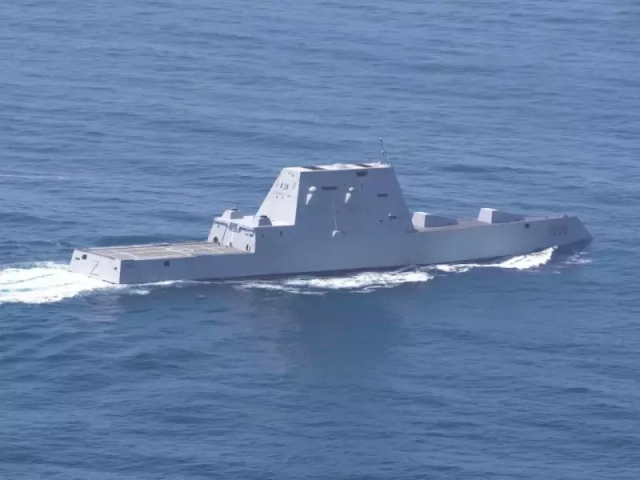 The photo is illustrative in nature
The photo is illustrative in natureIn its annual report on shipbuilding for the Navy, the Congressional Budget Office warned that uncertainty about the final parameters and capabilities of the next-generation destroyer suggests that its final cost on average may differ significantly from the estimates of the US Navy.
The annual report of the Congressional Budget Office estimates the costs of future Naval shipbuilding plans. The document published on November 11 states that the future destroyer will cost from 3.1 to 3.4 billion dollars on average, while after the start of production in 2030, it is planned to purchase from 29 to 47 vessels.
At the same time, internal financial forecasts of the US Navy show that each new ship will cost from 2.3 to 2.4 billion dollars, depending on which version of the 30-year long-term shipbuilding plan lawmakers will use.
In general, the estimated cost of implementing the new destroyer project differs by about 30-40 percent between the estimates of the Navy and the Congressional Budget Office. Uncertainty about the final size and capabilities of the next-generation destroyer suggests that its final cost may differ significantly from the estimated price calculated by both the Navy and Congress.
The report provides a first look at the potential costs of the nascent shipbuilding program. The US Navy earlier this year, during the annual symposium of the Surface Fleet Association, presented an initial overview of what they want to see in the characteristics of a new generation destroyer.
DDG(X) will follow the workhorse Arleigh Burke, a ship that has been repeatedly praised by many senior Navy officials. The predecessor of DDG(X) was already tightly equipped with the best technologies available to the US military.
Historically, the Congressional Finance Service has typically forecast higher shipbuilding costs than the Navy. The reason for this is mainly due to the assumptions that analysts have to make when they consider the cost of materials, inflation rates, levels of generality among older ship variants, as well as many other variables. The longer-term the forecast, the more difficult it is to make an accurate estimate.
